Rwwwr
Rwwwr

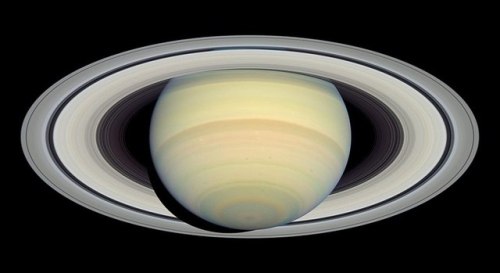
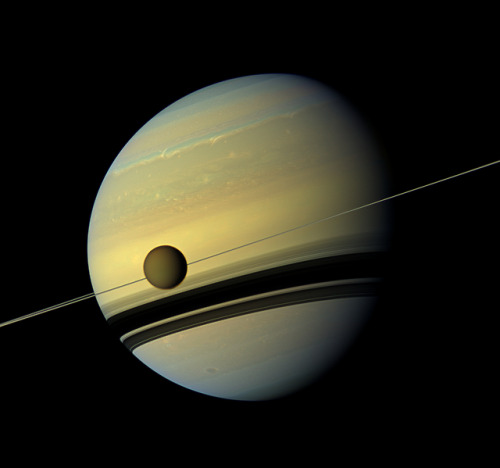

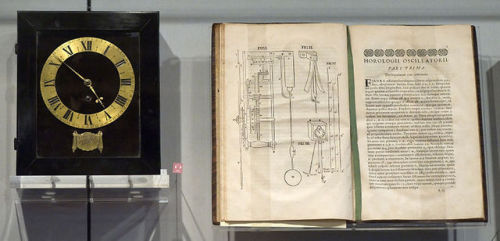
Christiaan Huygens
Christiaan Huygens (14 April 1629 – 8 July 1695) was a Dutch physicist, mathematician, astronomer and inventor, who is widely regarded as one of the greatest scientists of all time and a major figure in the scientific revolution. In physics, Huygens made groundbreaking contributions in optics and mechanics, while as an astronomer he is chiefly known for his studies of the rings of Saturn and the discovery of its moon Titan. As an inventor, he improved the design of the telescope with the invention of the Huygenian eyepiece. His most famous invention, however, was the invention of the pendulum clock in 1656, which was a breakthrough in timekeeping and became the most accurate timekeeper for almost 300 years. Because he was the first to use mathematical formulae to describe the laws of physics, Huygens has been called the first theoretical physicist and the founder of mathematical physics.
In 1659, Huygens was the first to derive the now standard formula for the centripetal force in his work De vi centrifuga. The formula played a central role in classical mechanics and became known as the second of Newton’s laws of motion. Huygens was also the first to formulate the correct laws of elastic collision in his work De motu corporum ex percussione, but his findings were not published until after his death in 1703. In the field of optics, he is best known for his wave theory of light, which he proposed in 1678 and described in 1690 in his Treatise on Light, which is regarded as the first mathematical theory of light. His theory was initially rejected in favor of Isaac Newton’s corpuscular theory of light, until Augustin-Jean Fresnel adopted Huygens’ principle in 1818 and showed that it could explain the rectilinear propagation and diffraction effects of light. Today this principle is known as the Huygens–Fresnel principle. read more
Image credit: NASA/JPL, Commons.wikimedia
More Posts from Luhuhul and Others

Dancer in the Dark (1999) dir. Lars von Trier
“This isn’t the last song, there’s no violin, the choir is quiet, and no one takes a spin, this is the next to last song, and that’s all…”




Loving Vincent (2017) dir. Dorota Kobiela and Hugh Welchman



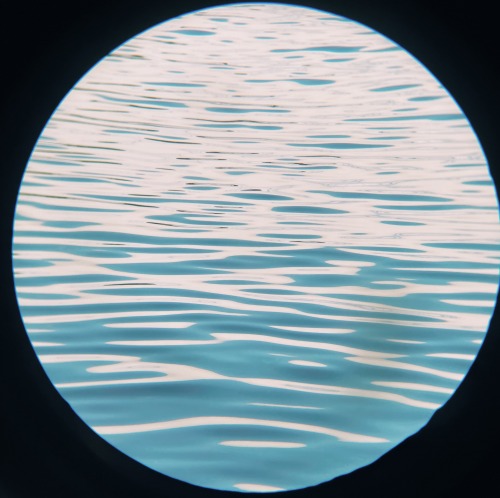
Faraway views (right lens of my binoculars)

#laladronadelibros #markuszusak #books #thebookthief https://www.instagram.com/p/CPwcsMtrmIC/?utm_medium=tumblr
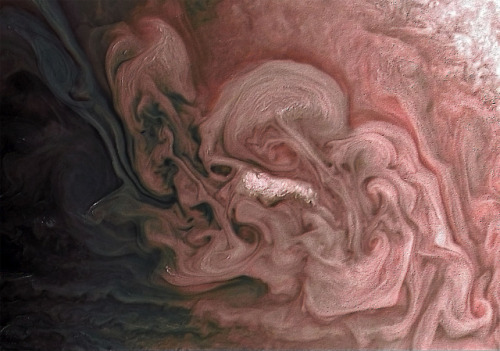
Rose-Colored Jupiter : This image captures a close-up view of a storm with bright cloud tops in the northern hemisphere of Jupiter. (via NASA)

Dancer in the dark (2000)

Berlin Alexanderplatz | Rainer Werner Fassbinder | 1980
Part 12: Die Schlange in der Seele der Schlange
Barbara Sukowa
“What I told you about saving people isn’t true. You might think it is, because you might want someone else to save you, or you might want to save someone so badly. But no one else can save you, not really. Not from yourself. You fall asleep in the foothills, and the wolf comes down from the mountains. And you hope someone will wake you up. Or chase it off. Or shoot it dead. But when you realize that the wolf is inside you, that’s when you know. You can’t run from it. And no one who loves you can kill the wolf, because it’s part of you. They see your face on it. And they won’t fire the shot.” - Ava Dellaira, Love Letters to the Dead
“Quizás esa sea la esencia del amor, la necesidad de llenarse de cosas, pero sin saciarse nunca.”
— Cartas de amor a los muertos.




The 4 Elements of Laika - My Tribute to Laika Studios
Coraline - Water
Norman - Earth
Eggs - Fire
Kubo - Air
-
 darffy liked this · 1 year ago
darffy liked this · 1 year ago -
 dhampyrta liked this · 3 years ago
dhampyrta liked this · 3 years ago -
 pickory-blog-blog reblogged this · 3 years ago
pickory-blog-blog reblogged this · 3 years ago -
 pickory-blog-blog liked this · 3 years ago
pickory-blog-blog liked this · 3 years ago -
 geminis900 liked this · 4 years ago
geminis900 liked this · 4 years ago -
 safievadarina liked this · 4 years ago
safievadarina liked this · 4 years ago -
 venusinaries reblogged this · 4 years ago
venusinaries reblogged this · 4 years ago -
 avgvstvlvsdionysos liked this · 4 years ago
avgvstvlvsdionysos liked this · 4 years ago -
 unyeildingdigitalstream reblogged this · 4 years ago
unyeildingdigitalstream reblogged this · 4 years ago -
 thisisabernieblog liked this · 4 years ago
thisisabernieblog liked this · 4 years ago -
 sirikenobilegends reblogged this · 4 years ago
sirikenobilegends reblogged this · 4 years ago -
 sirikenobilegends liked this · 4 years ago
sirikenobilegends liked this · 4 years ago -
 manebioniclegali reblogged this · 4 years ago
manebioniclegali reblogged this · 4 years ago -
 oemersongg reblogged this · 4 years ago
oemersongg reblogged this · 4 years ago -
 oemersongg liked this · 4 years ago
oemersongg liked this · 4 years ago -
 brezpet liked this · 4 years ago
brezpet liked this · 4 years ago -
 catbycatwest liked this · 4 years ago
catbycatwest liked this · 4 years ago -
 dreamingmaple liked this · 4 years ago
dreamingmaple liked this · 4 years ago -
 sweden55trc liked this · 4 years ago
sweden55trc liked this · 4 years ago -
 desertinn liked this · 4 years ago
desertinn liked this · 4 years ago -
 twiillyy liked this · 4 years ago
twiillyy liked this · 4 years ago -
 jns26 liked this · 4 years ago
jns26 liked this · 4 years ago -
 bentenharuki reblogged this · 4 years ago
bentenharuki reblogged this · 4 years ago -
 bentenharuki liked this · 4 years ago
bentenharuki liked this · 4 years ago -
 sparklemiranda liked this · 4 years ago
sparklemiranda liked this · 4 years ago -
 endlessmechanicaltide liked this · 4 years ago
endlessmechanicaltide liked this · 4 years ago -
 ae-www liked this · 4 years ago
ae-www liked this · 4 years ago -
 mostafa18xl liked this · 4 years ago
mostafa18xl liked this · 4 years ago -
 s4ndw0rm liked this · 4 years ago
s4ndw0rm liked this · 4 years ago -
 arinrowan liked this · 4 years ago
arinrowan liked this · 4 years ago -
 matteroffactisalldark reblogged this · 4 years ago
matteroffactisalldark reblogged this · 4 years ago -
 razzledazzlevibe liked this · 4 years ago
razzledazzlevibe liked this · 4 years ago -
 eswat2 liked this · 4 years ago
eswat2 liked this · 4 years ago -
 andromeda1023 reblogged this · 4 years ago
andromeda1023 reblogged this · 4 years ago -
 andromeda1023 liked this · 4 years ago
andromeda1023 liked this · 4 years ago -
 hildegardvonbingenthethird reblogged this · 4 years ago
hildegardvonbingenthethird reblogged this · 4 years ago -
 spacetimewithstuartgary reblogged this · 4 years ago
spacetimewithstuartgary reblogged this · 4 years ago -
 spacetimewithstuartgary liked this · 4 years ago
spacetimewithstuartgary liked this · 4 years ago -
 striker0111 liked this · 4 years ago
striker0111 liked this · 4 years ago -
 diannaag liked this · 4 years ago
diannaag liked this · 4 years ago
